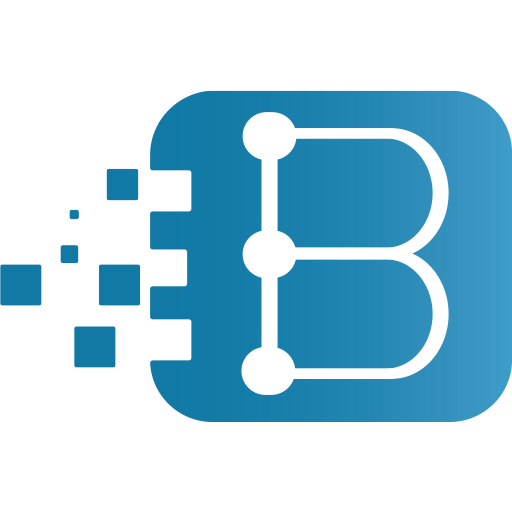When designing software, security is often an afterthought. But in today’s world, with data breaches and cyberattacks becoming increasingly common, security should be a top priority for any software development project. In this article, we’ll explore the role of security in software design and provide tips for protecting your data and your users.
Threat Modeling
Threat modeling is the process of identifying potential security threats and vulnerabilities in your software design. This process involves analyzing the software architecture and identifying potential attack vectors, as well as considering the potential impact of a security breach. By performing threat modeling early in the software design process, you can identify potential security risks and take steps to mitigate them.
Encryption
Encryption is an essential tool for protecting sensitive data in software applications. By encrypting data both in transit and at rest, you can ensure that even if your data is intercepted or stolen, it cannot be read or used by unauthorized parties. Encryption algorithms like AES and RSA are commonly used in software design to protect data.
Cloud-based security
Cloud-based security services use remote servers to monitor and protect user devices and data. This approach can provide faster and more effective threat detection and response than traditional on-device security measures.
behavioural analysis
Some security apps use behavioural analysis to detect potential threats. This involves analyzing user behaviour to create a baseline of “normal” activity, and then looking for deviations from that baseline that could indicate a security issue.
Two-factor authentication
Two-factor authentication (2FA) is a security measure that requires users to provide two forms of identification before accessing an account or service. This could be a password and a biometric (such as a fingerprint or facial recognition), a password and a code sent via text message or email, or any other combination of two authentication factors.
Authentication and Authorization
Authentication and authorization are critical components of any secure software application. Authentication involves verifying the identity of users who access your application, while authorization determines what actions users are allowed to perform. By implementing strong authentication and authorization mechanisms, you can ensure that only authorized users are able to access sensitive data and perform critical actions.
Regular Security Audits
Regular security audits are essential for identifying potential security vulnerabilities in your software application. By conducting regular security audits, you can proactively identify potential threats and take steps to mitigate them before they can be exploited. It’s also important to stay up-to-date with the latest security threats and vulnerabilities and to implement patches and updates as soon as they become available.
User Education
Finally, user education is an important component of any secure software application. By educating users on best practices for security, such as using strong passwords and avoiding phishing scams, you can help prevent security breaches caused by user error.
In conclusion, security should be a top priority for any software development project. By incorporating threat modeling, encryption, authentication and authorization, regular security audits, and user education into your software design process, you can protect your data and your users from potential security threats. By taking a proactive approach to security, you can build software applications that are both functional and secure, giving your users the confidence to use your application without fear of security breaches.
Recent Comments